#Opel GT Concept
Explore tagged Tumblr posts
Text
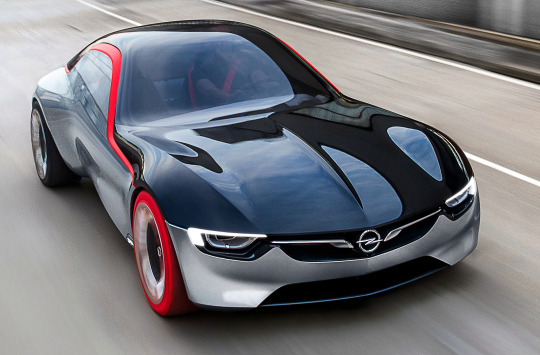
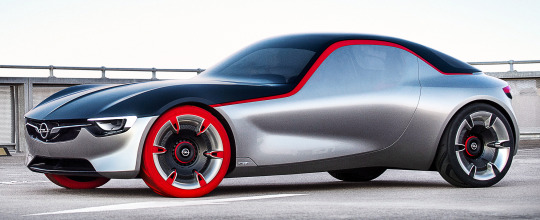
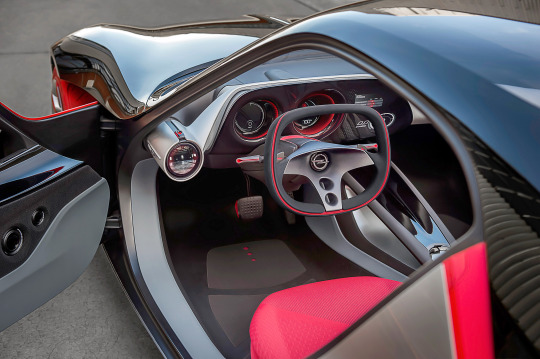
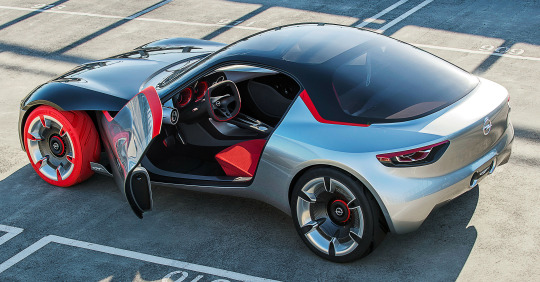
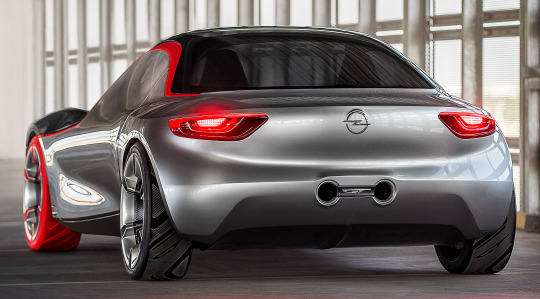
Opel/Vauxhall GT Concept, 2016. A prototype compact sports car with a front-mid 1.0-litre, three-cylinder turbocharged engine driving the rear wheels that supposed to provide a "template for future sports cars" and referenced Opel and Vauxhall sports cars and concepts of the past. Eight years on from the concept no Opel or Vauxhall sports cars have arrived in their showrooms.
#Opel GT#Opel GT Concept#Vauxhall GT Concept#prototype#design study#front-mid engine#2016#rear wheel drive#compact sports car#3 cylinder engine#turbocharged#retro style#retro futuristic#concept#2 seater
196 notes
·
View notes
Text



1975 Opel GT Concept
My tumblr-blogs: https://www.tumblr.com/blog/germancarssince1946 & https://www.tumblr.com/blog/frenchcarssince1946 & https://www.tumblr.com/blog/englishcarssince1946 & https://www.tumblr.com/blog/italiancarssince1946
2 notes
·
View notes
Text
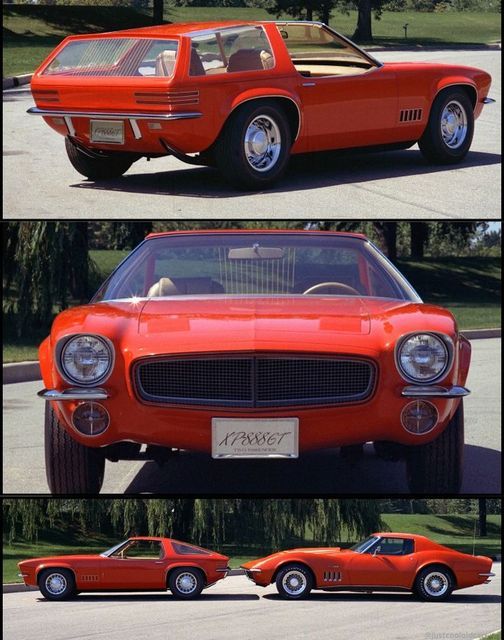
XP-888GT
In the late 1960s, GM's Oldsmobile division was working on a secret project called the XP-888GT, a two-seat sports coupe that shared the Vega platform but featured a unique design and innovative modular roof system.
The car was smaller than the Corvette and a little bigger than the Opel GT (it's in the middle pic of the three of them), with an aggressive front end and a sleek profile.
The XP-888GT's most striking feature was its interchangeable roof system, which allowed for six different configurations, including a targa top, fastback, and mini-wagon. This concept was ahead of its time and would not see production until the 1987 Nissan Pulsar Sportback.
Despite the enthusiasm from Oldsmobile and the completion of a full-scale fiberglass mockup, the XP-888GT project was canceled in December 1969. The reasons behind the cancellation remain somewhat uncertain, but it may have been due to the termination of a similar Pontiac project, concerns about market demand, or the impending smog and safety regulations.
Although the XP-888GT never made it to production, it remains an intriguing piece of automotive history that showcases the innovative spirit and bold design ideas of GM's Advanced Design Studios in the late 1960s.
40 notes
·
View notes
Text

This was an early concept for Viking II. Still quite handsome today.
One of the most difficult problems for limited production car design and a key factor that defines the fundamental shape of a vehicle is the windscreen.
The designer can either borrow an existing production windshield and accept the compromises of that shape and incorporate them into his design, or bite the bullet and design a shape from scratch and then have a custom windshield made, not an inexpensive undertaking.
Cars designed at the VRI went both ways. Viking I used the Toyota E20 (Corolla) windshield that came with the donor car supplied by Toyota. Viking II used a custom shape, the glass being made by a specialist company in Mexico City. The shape was defined by a wire matrix, shipped to Mexico and six months later, a heavily boxed windscreen came back.
The next generation of Vikings would use a single hatch entry system, with the windshield incorporated into the hatch structure. This required a compromise of an aerodynamic shape and low weight (glass is heavy). Vikings IV and V used a cut-down Opel GT windshield, where about 4cm of material was ground off of the lower corners. This allowed a more extreme rake and provided for a more slippery shape, but the yield for the grinding job process was about 3 to 1 (one good windshield achieved out of three grinding attempts). /1
Viking VI used the Opel windscreen, but the cowl shape of the hatch was redesigned to be slightly more upright so the Opel GT windshield could be used without modification. A higher rake is achieved as the lower corners are slightly embedded in the body and then faired in with filler.
Other cars designed around the VRI had similar design choices to make. Bill Brown's B1 and B2 also used an unmodified Opel GT windshield. The Avion uses a second-generation Toyota Celica production windshield.
The next generation of Vikings would move away from the single hatch and so a more aerodynamic, yet economical solution was sought as the cost of custom windshields had risen spectacularly. One day a student at the VRI was thumbing through an old Road and Track and saw an advertisement for a Manta kit car. The Manta was a fairly accurate interpretation of a McLaren M6 GT, but designed to be built on a humble VW beetle or tube frame chassis. Kit prices were kept low, so a Manta windshield was available as a replacement part for a very reasonable price. So Viking VII and VIII used the Manta windscreen.
Time moved on, and the 70's and 80's kit car market slowly declined. After making over 1000 Manta kits, Manta went out of business in 1986 and with it a VRI source of inexpensive aerodynamic windscreens. So going forward, replacement McLaren M6A windscreens had to be sourced at McLaren M6 GT vintage spare prices.
That said, Opel GT windshields are very dear these days, and are available only through enthusiast clubs and cost a pretty penny.
The side windows of Viking cars are made of Abcite coated polycarbonate which can be heat-formed.
You can see the various windscreen shapes in their original applications below:

Opel GT
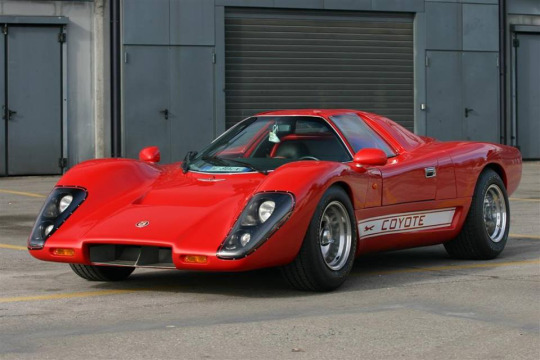
Manta Montage
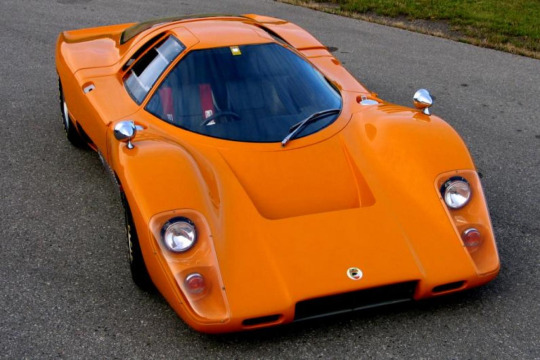
McLaren M6 GT

The extreme nature of the Manta windscreen can be appreciated by looking at the Manta's fiberglass molded cockpit frame.
/1 Grinding the corners of a stock Opel GT windshield was about a six-hour process. Grinding the first corner was usually always successful, and now with some process confidence under one's belt, one would throw caution to the wind and a crack would nearly always appear when grinding the second side.
Viking V broke its windshield en route on the SCORE trip. So taken by Viking V, a Detroit auto glass replacement shop's most enthusiastic and youngest employee stayed up all night grinding a new one. He had success on only his second attempt. The nice folks at the shop didn't charge for the first attempt.
0 notes
Photo

Opel GT/W Genève Concept 1975. - Amazing Classic Cars.
147 notes
·
View notes
Photo
2018

Opel GT X Experimental
16 notes
·
View notes
Video
Opel GT Concept new future ideas for vehicle
All other videos are here: Driving Solutions
0 notes
Text


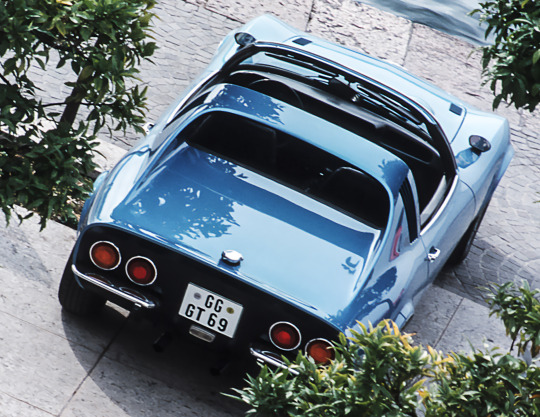

Opel Aero GT, 1969. Opel made two targa top version of their GT but never put the removable roof version into production. Some owners have converted hardtop GTs
#Opel#Opel Aero GT#concept#design study#targa#targa top#open roof#General Motors Europe#Opel GT#1969#prototype
424 notes
·
View notes
Text



1966 Opel GT Experimental
My tumblr-blogs: https://www.tumblr.com/blog/germancarssince1946 & https://www.tumblr.com/blog/frenchcarssince1946 & https://www.tumblr.com/blog/englishcarssince1946
1 note
·
View note
Text
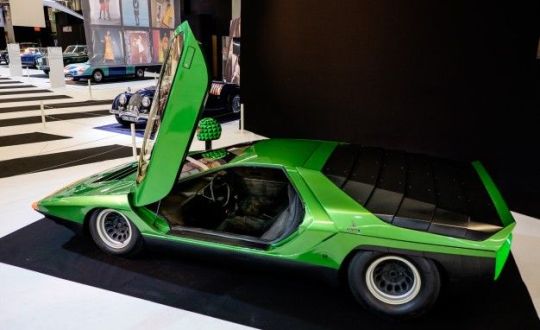
1968 Alfa Romeo Carabo Concept Promised the Future (Part 1 of 2)
All that's left are scissor doors.
DEC 3, 2015 BY DAVEY G. JOHNSON
Since the dawn of the automobile—or at the very least, the birth of the Curved Dash Oldsmobile in 1901—the industry has drifted toward non-rectilinear shapes. Even the phone-booth-upright Ford Model T featured as many round forms as Henry Ford deemed financially prudent. For those of us born in the 1970s, the angular machines we grew up with seemed normal and modern; anything curvaceous was obviously archaic. A Ferrari 330GTS may as well have been an MGA, which could’ve been a Cord, for all we cared. Only survivors like the Beetle, 911, Mini, and the Fiat 124/Pininfarina Azzurra definitively bucked the trend, and they were recognizably vehicles that had sallied forth from an earlier time, vehicles who somehow beat back all attempts at replacement. Looking back now, it’s easy to see that the straight-edge styling of the 1970s and 1980s was merely a blip, an aberration. But if that strange period has roots anywhere, they’re right here, in the form of the Alfa Romeo Carabo from 1968.
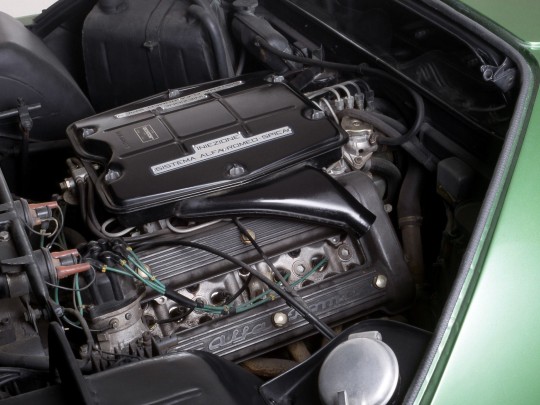


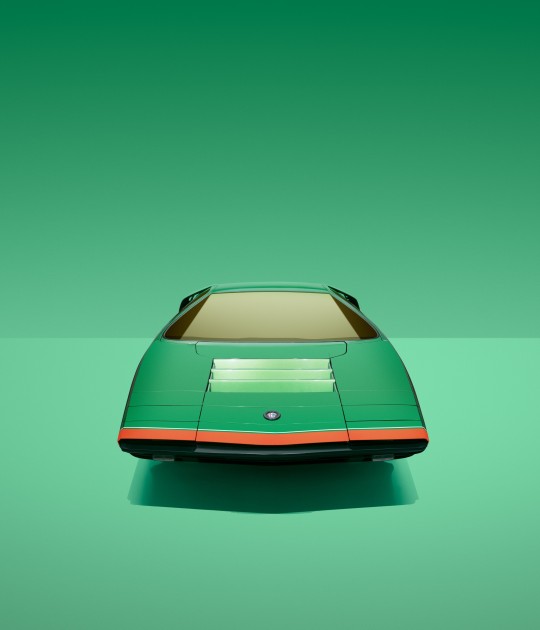
Gandini had conceived of the wedge shape as a way to combat the Miura’s tendency to raise its front end at speed. But at a time when Europe was undergoing upheaval—the Paris uprisings of May ’68, Soviet tanks rolling into Czechoslovakia, Andreas Baader’s early arson escapade in Germany, and tensions in Northern Ireland, to name but a few episodes in that turbulent year—why notstart with a clean sheet that looked toward the future? Even if it wasn’t Gandini’s intent, the car’s straight, stern lines offered a respite from chaos, while the beetle-green paint imbued it with a sense of otherworldly playfulness.
While the underpinnings were merely a refinement of what had come before, including a screaming 2.0-liter V-8 fed by SPICA mechanical fuel injection and nestled behind the cabin in a tube chassis, the exterior broke almost wholly with convention. Rather than a collection of forms, the Carabo was a single, hewn mass. Like the new 1968 Corvette and the Opel GT, the Alfa featured pop-up headlights. Unlike the swoopy General Motors products, the Carabo’s rose out of a practically-flat front panel. The doors swung upward, allowing ingress over the thick sills in tight spaces. Gandini would later reuse the idea for the Miura’s replacement, the mighty Countach, a car that outwardly seemed to have more in common with the Alfa Romeo than its own predecessor.
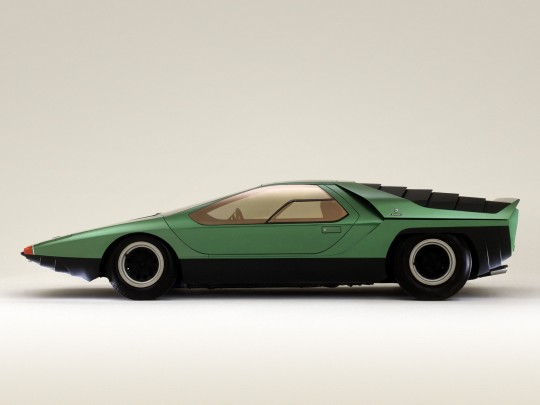
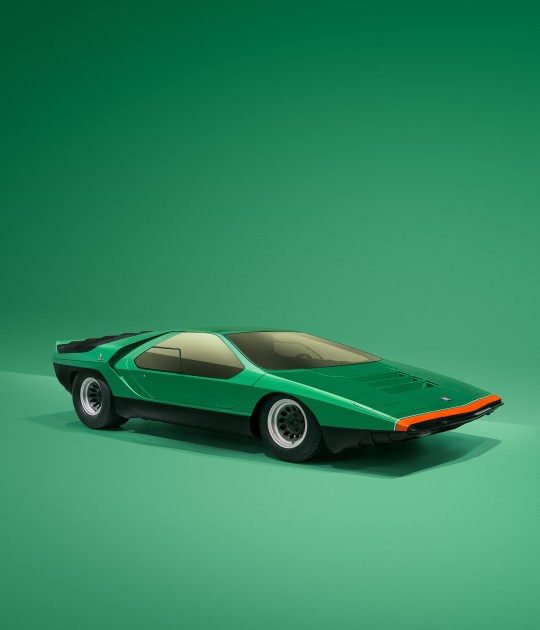
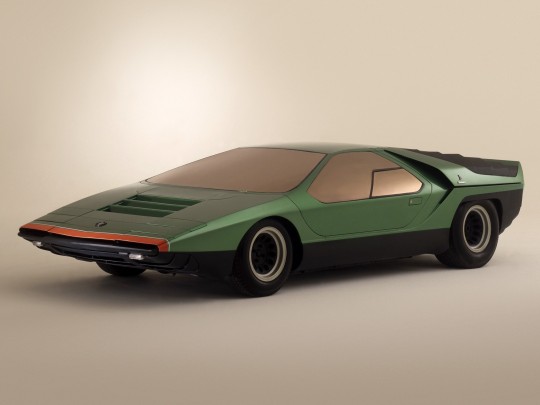
Sports and concept-car designers immediately took note. Nuccio Bertone, Gandini’s employer, put pen to paper and came up with the radical Stratos 0 (or Zero) concept. Pininfarina put its own space-age twist on the idea with the Ferrari 512S–based Modulo, now owned by Jim Glickenhaus. William Towns applied the precepts to a luxury sedan, resulting in the wonderful, complex Aston Martin Lagonda. Essentially, Europe had gone wedge-crazy. Even conservative Ferrari recruited Bertone to pen the successor to the Dino 246GT, the underrated 308GT4, then promptly returned to Pininfarina for their entry-level car’s stunning two-seat variants. Still, the famed concern’s Leonardo Fioravanti had clearly been nipping at the geometric Kool-Aid when he penned the 1972 365GT4 2+2, which later evolved into the 400 and the 412.
While Giorgetto Giugiaro was no stranger to high-powered sporting machines, having designed the lovely, troubled De Tomaso Mangusta during his tenure at Ghia, he truly made his mark on the industry with the first iteration of Volkswagen’s Golf and its more-sporting sibling, the Scirocco, which applied the Carabo’s strict lines in a more friendly, approachable form, setting a template that would influence every hatchback from the very-European Ford Fiesta to the bog-American Chevy Citation.
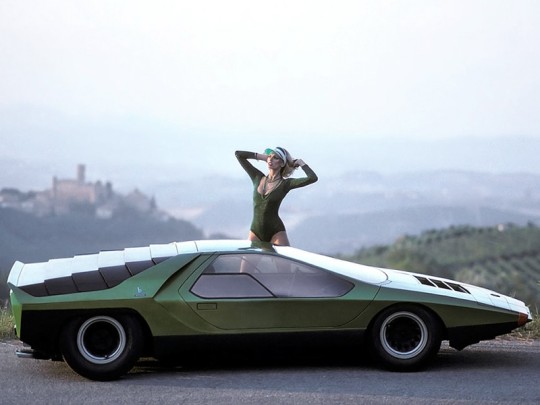
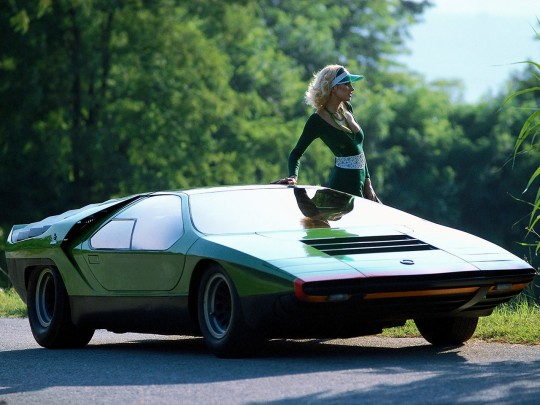
83 notes
·
View notes
Photo

(via Opel-GT-X-Experimental-Concept-01.jpg 776×1,128 pixels)
93 notes
·
View notes
Link
0 notes
